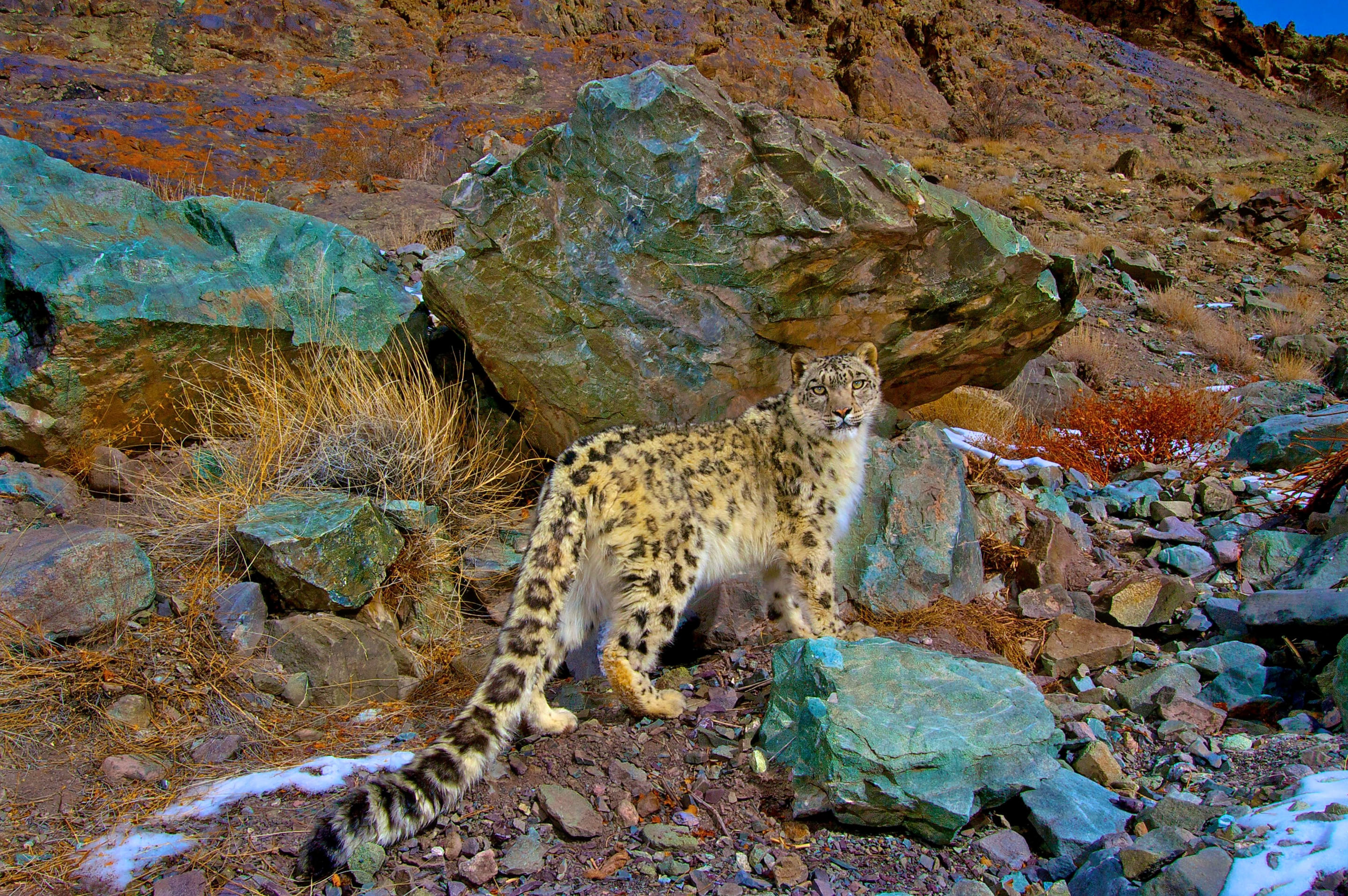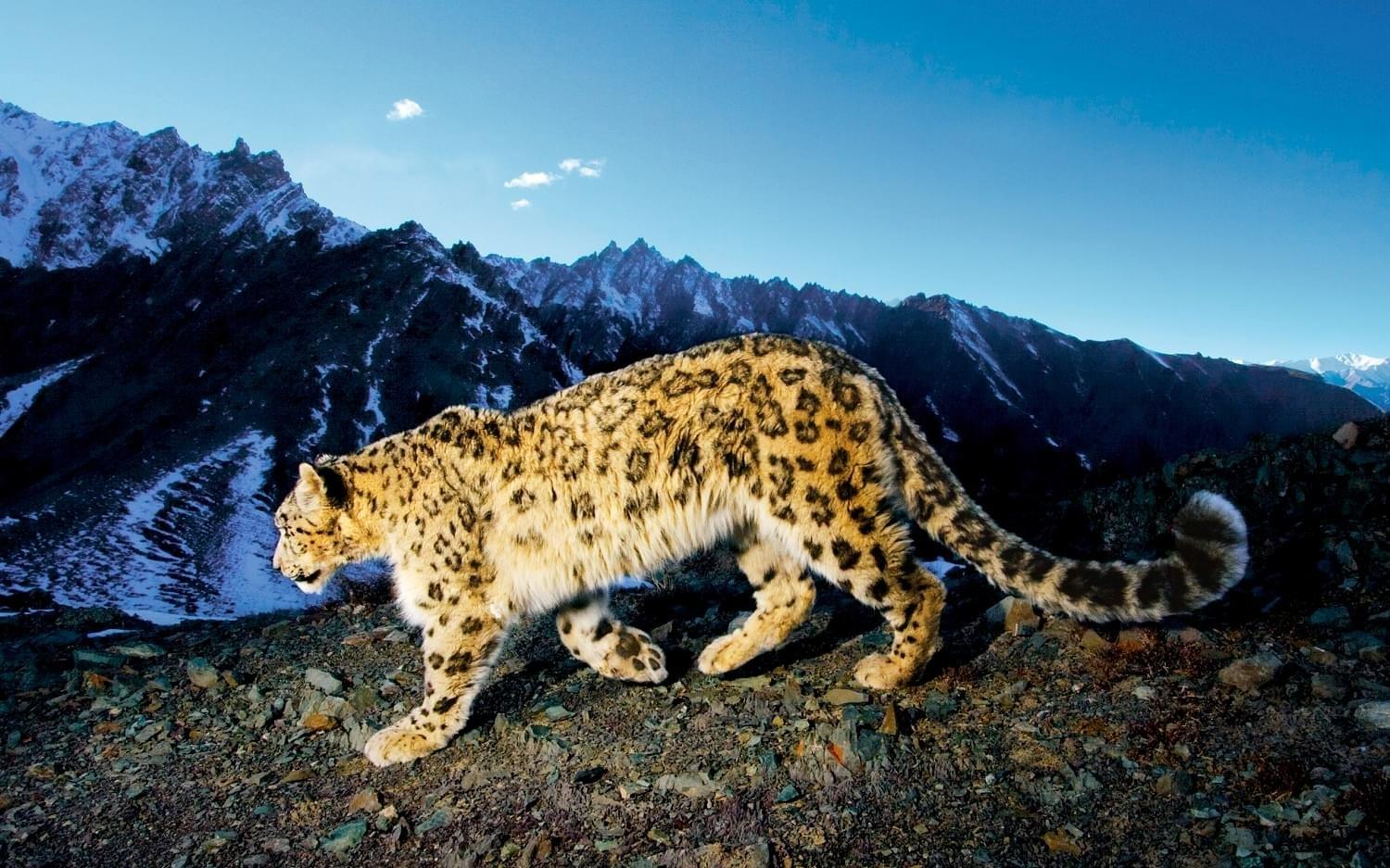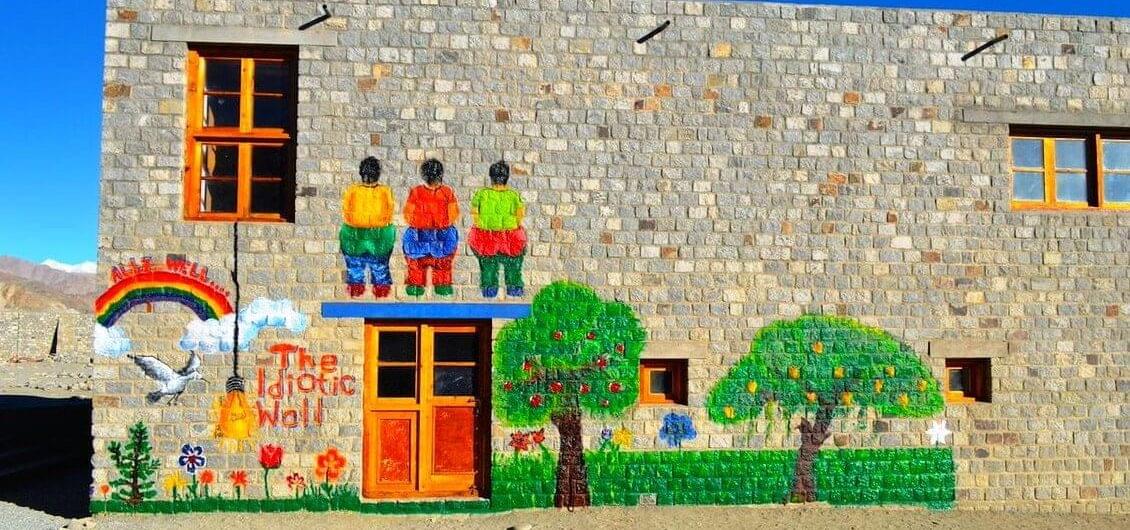About Hemis National Park
Hemis National Park is a very famous wildlife attraction in Ladakh, renowned for its large population of snow leopards as well as the varied bird species. After the Nanda Devi Biosphere Reserve, it is India's second-largest continuous protected area. The park covers an area of 3,350 square kilometres and is a must-see, not only for animal aficionados, but also for photographers and hikers as well.
Since it is positioned in the Himalayan rain shadow area, Hemis National Park receives very little rainfall throughout the year. As a result, the park is scattered with dry forests, with fir growing at lower elevations. The most common flora species are fir, juniper and dry birch as well as several rare and endangered medicinal plants.
The park is a part of the Karakoram-West Tibetan Plateau ecoregion, which includes dense pine forests, alpine plants, and large meadows. The sweeping panoramas of the stream of the Indus River offered here are unmatched and in their raw form. Within the park lies several famous attractions of Ladakh, including the Hemis Monastery as well as the Stok Kangri Peak. Even after having such a huge collection of animals and birds, the Hemis National Park has been providing a route to various trekking trails.
Hemis National Park Highlights
• Routes to some of the most popular treks in Ladakh like the Soutik to Stok over the Ganda La Pass and the Markha Valley trek pass through the Hemis National Park.
• In addition to being a home to over 200 snow leopards, the Hemis National Park is also a home to Shapu or the Ladakhi Urial, which is a rare species found in this area only.
• Sprawling over an area of 4400 square kilometres, the Hemis National Park is one of the largest National Parks in South Asia.
• Within the wilds of this National Park lie six different villages namely Kaya, Rumbak, Sku, Urutse, Shingo and Chilling, which altogether provide home to over 1600 people.
• Being such a huge park, the Hemis National Park is now a home to around 16 species of mammals and 73 species of birds, many of which are rare.
• The park is also a home to the Stok Kangri Peak and the confluence of Zanskar and Indus River acts as its boundary.
• Witness the 400-year-old Hemis Monastery which offers abundant trekking and hiking opportunities.
How To Reach Hemis National Park
By Air: Take a flight to the closest airport to Hemis National Park which is Kushok Bakula Rimpochee Airport in Leh. You will find regular flights from major cities like Delhi, Mumbai, and Srinagar operating to Leh. Once at the Leh airport, you can hire a taxi or take a bus to Hemis, which is around 40 km away and takes around an hour.
By Road: To get to Hemis, you can take one of two main roads: either from Srinagar through Kargil on the Srinagar-Leh highway or from Manali through Sarchu and Dharchu on the Manali-Leh highway. Both routes have their challenges, with mountainous terrain and potential landslides causing occasional road closures. You can take a bus from Srinagar or Manali or rent a cab from Leh to the monastery.
By Rail: The nearest railway station is Jammu Tawi, which is connected to major cities across India. From Jammu, you can hire a cab to get to the town of Hemis.
Planning your trip to Ladakh, then checkout Leh Ladakh Bike Trip Packages
Best Time To Visit Hemis National Park
The best time to venture on a trip to the Hemis National Park is between the months of June to October. During this time the weather is comparatively pleasant, hence you can explore the park at its best.
Additionally, if you wish to spot the rare species of Snow Leopard then the early or the late winters will be the perfect time for you.
Also Checkout and Book: Ladakh Road Trip
Hemis National Park Other Essential Information
Climate conditions:
Hemis National Park is a spot of intense cold due to its location and high altitude. In the winter, temperatures can dip to -20 degrees Celsius, while in the summer, it can reach 30 degrees Celsius. The average annual rainfall in Leh is 160.5 millimetres.
Wildlife at Hemis National Park
Mammals: The Hemis National Park is well-known for its diverse range of mammals, many of which are endangered or only found at high altitudes. These include the Snow Leopard, the Himalayan Marmot, the Mountain Weasel, the Tibetan Wolf, the Red Fox and the Asiatic Ibex.
Birds: The Hemis National Park is a home to a wide variety of birds as well, which include the golden eagle, robin accentor, lammergeier vulture, red-billed chough, streaked rosefinch and fire-fronted serin.
Different Entry Points:
There are four different entry points of Hemis National Park, each of which lie in some different location.
- The Stok Entry Point: This entry point lies to the north of the National Park and is located at a distance of 13 KM from Leh.
- The Zingchen Entry Point: This entry point lies to the north of the National Park and located at a distance of 25 KM from Leh.
- The Martseland Entry Point: This entry point lies to the south-east of the National Park and is located at a distance of 41 KM from Leh.
- The Chilling Entry Point: This entry point lies to the north west of the National Park and is located at a distance of 60 KM from Leh.
Permits: A permit from the wildlife office in Leh is required to enter the Hemis National Park.
Suggested Read: How to Plan a Leh Ladakh 5 Days Itinerary
See the Wildlife
Visit Hemis National Park, famous for its many different animals. It is especially known for having about 200 snow leopards, which are rare and beautiful. If you go up to the high parts of the park, you might see Asiatic ibex and Shapu, which is also called the Ladakhi Urial.
You can also find smaller animals like Himalayan marmots, mountain weasels, Bharal (they're also called blue sheep), and Himalayan mouse hares. You might spot some other animals too, like Tibetan wolves, red foxes, and even endangered Eurasian brown bears.
Delight in the breathtaking flora
Discover the amazing plants at Hemis National Park, tucked away in the shaded parts of the Himalayas. Take a walk through forests with juniper, fir, and dry birch trees. However, as you go higher up, you will find lots of alpine trees everywhere.
The park is home to over fifteen plants that are rare and important for medicine. So, if you love nature, you will enjoy exploring all the different plants here.




.jpg)
.png)
.jpg)
.png)



